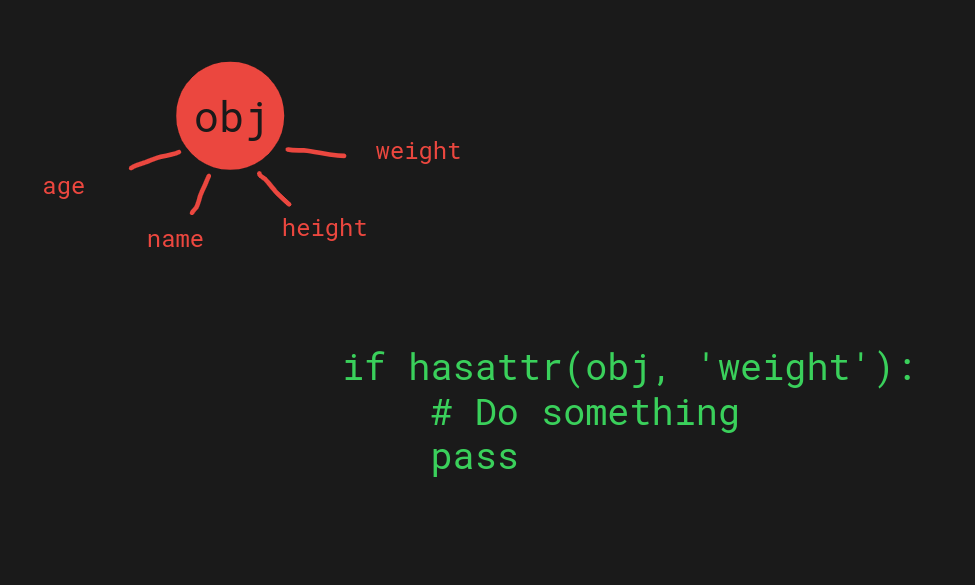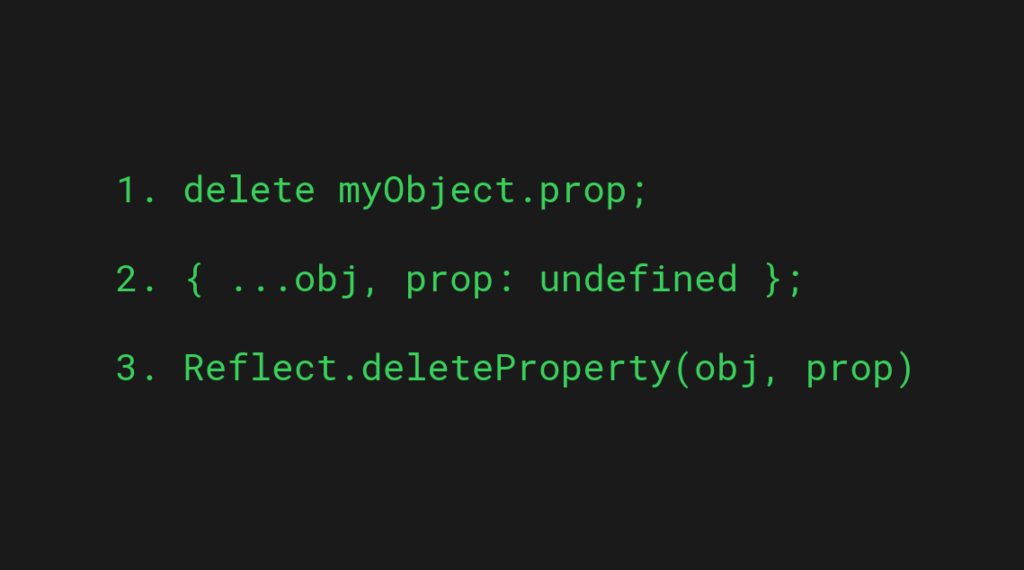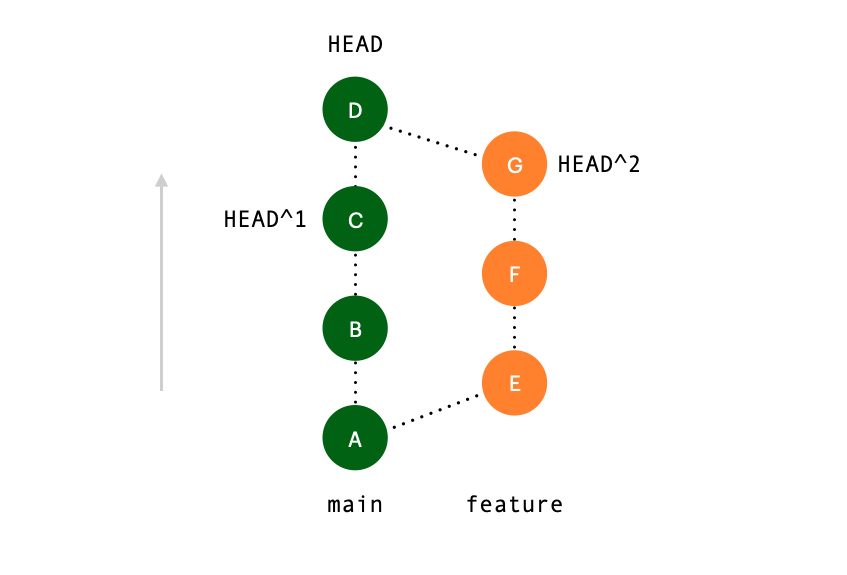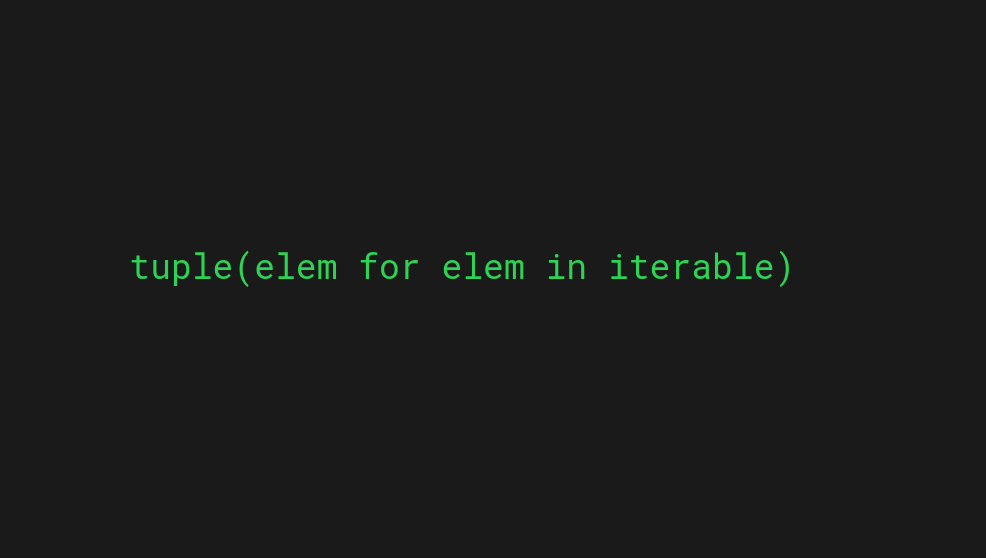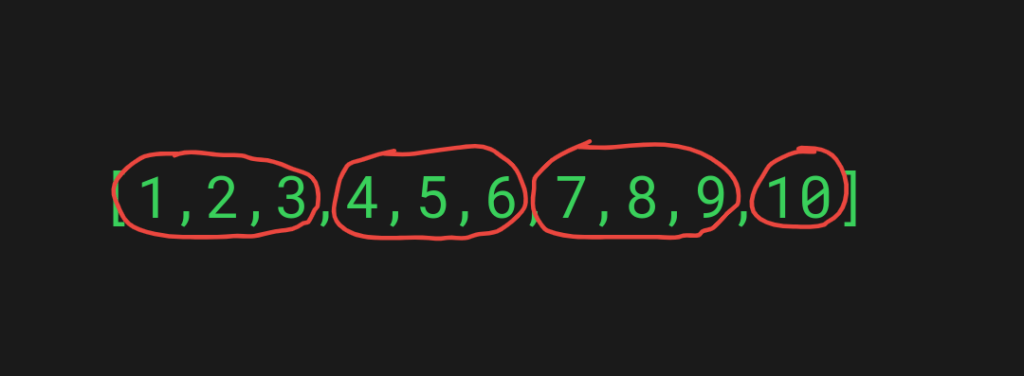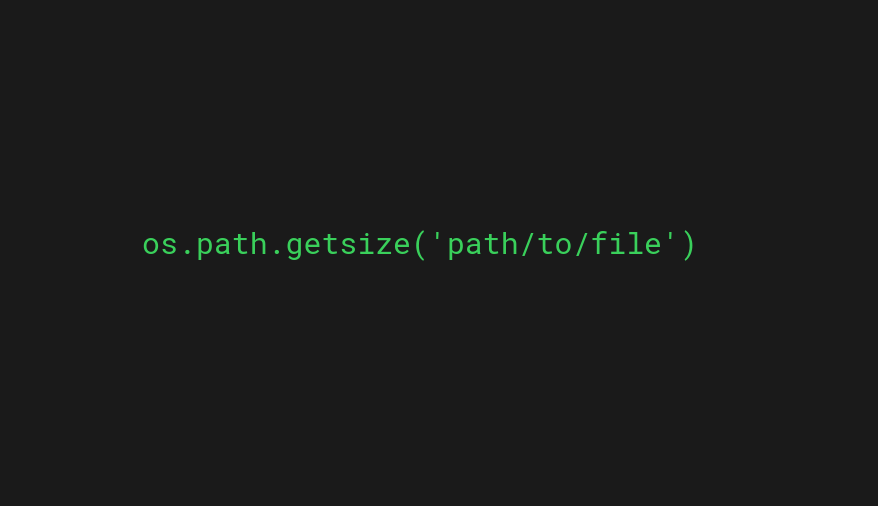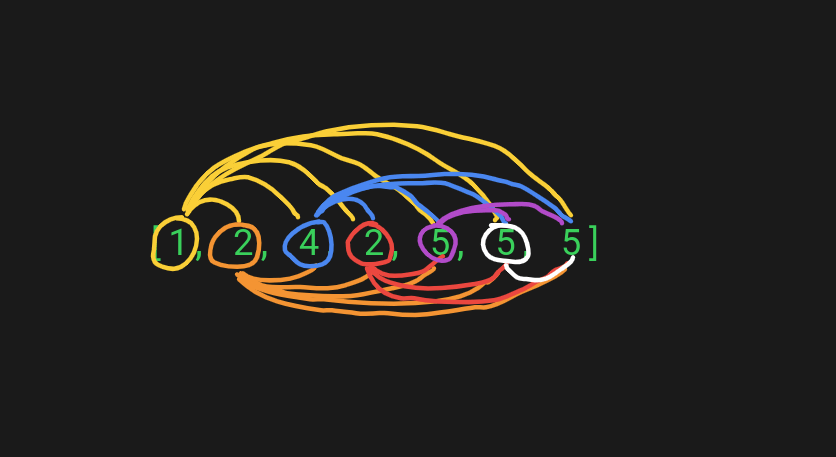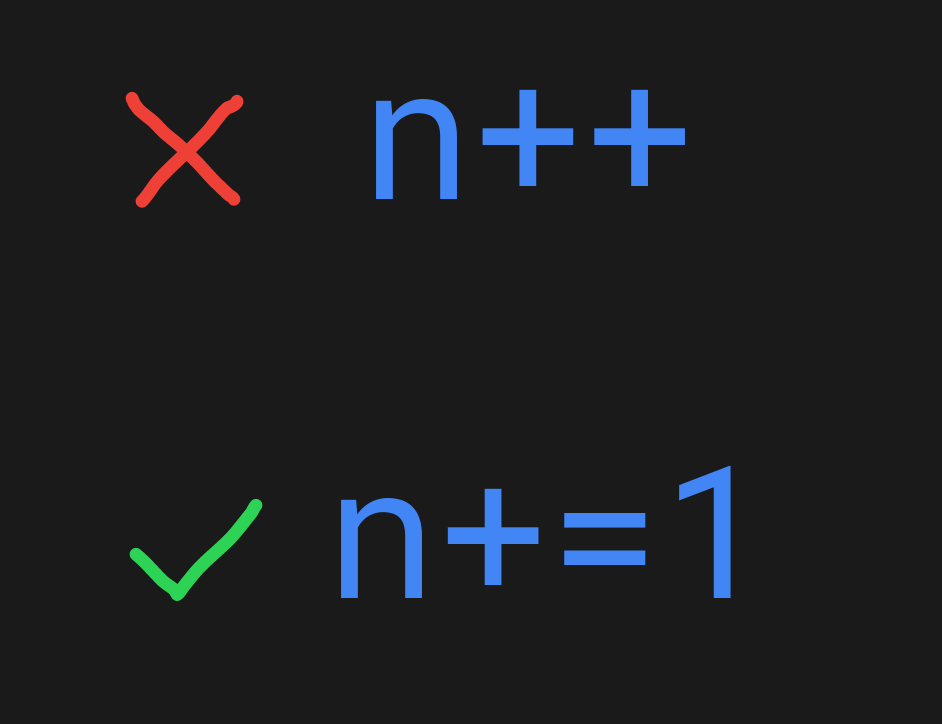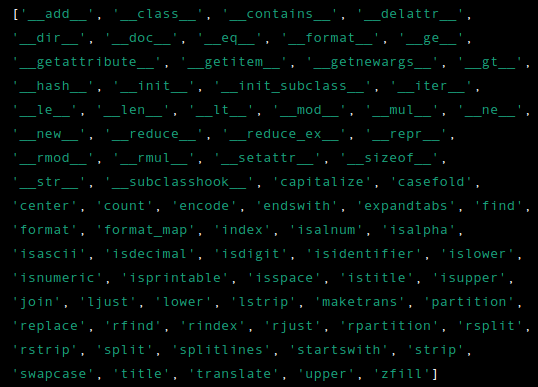Python How to Check If an Object Has an Attribute (hasttr, getattr)
To check if an object has an attribute in Python, you can use the hasattr() function. This function takes two arguments: the object that you want to check, and the name of the attribute that you are looking for. For example: In this example, hasattr(obj, ‘attr’) will return True, because obj has the attribute attr. […]
Python How to Check If an Object Has an Attribute (hasttr, getattr) Read More »
